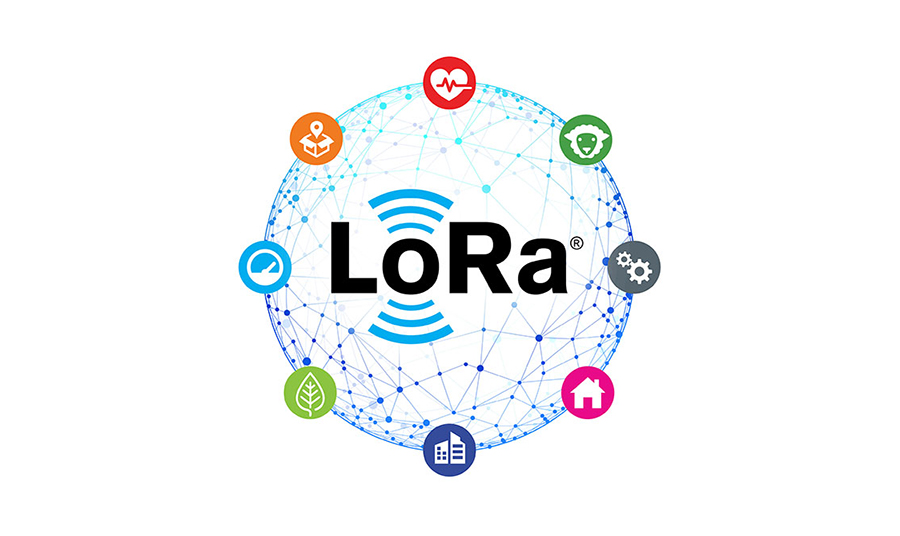In order to adapt to the development of the times and promote characteristic urbanization, our country’s government policy dividends have continued to be released in recent years, which has greatly promoted the development of smart cities. At the same time, the most popular one in the IoT field is low-power wide area network (LPWAN). Its rapid deployment and large-scale implementation have benefited smart cities.
The technical characteristics of LoRa can meet the needs of different levels of IoT. For example, large-scale LoRa networks can achieve city-level coverage, and enterprises can also build their own personalized networks according to their own needs. In addition, LoRa technology can also be integrated with Used in combination with other wireless communication technologies.

Smart city IoT scenarios have higher requirements on the network, which require low complexity, low cost, low power consumption, strong coverage and other characteristics. The emergence of LoRa technology can just solve the problem of the breadth and depth of network coverage of the “Internet of Everything”. Compared with NB-IoT, LoRa is currently the most mature and stable low-power wide-area IoT communication technology. Its freely organized private network is more flexible than the NB-IoT network that operators charge continuously, and LoRa can be networked once No fees required for life.
The communication distance of LoRa can easily reach more than 10 kilometers, which is much longer than Bluetooth, Wi-Fi and 5G. Its maximum communication distance can reach 15 kilometers in the best barrier-free environment. Through the LoRa gateway (base station), various sensors of the IoT smart terminal are connected, such as manual control, timing control, remote control, intelligent control, etc. A LoRa gateway (base station) has the ability to control up to thousands of smart sensors.
At present, LPWAN technologies such as LoRa are developing rapidly, and smart cities will be one of the most important application scenarios of LoRa technology. LoRa ensures the broad connectivity required for smart city infrastructure. One requirement of smart cities is to keep the network and its management as simple as possible, requiring smooth operation of long-distance communications at low data capacity. Smart cities include many such applications: smart transportation, waste management, energy consumption tracking, environmental measurement, parking and lighting monitoring, fire detection systems and alarms, all of which are part of a smart city and what they have in common is that the transmitted data is small, For example, data generated by sensors can be used for alarms, triggering and monitoring purposes, and LoRa is perfectly capable of doing so.
Keywords: LoRa wireless concentrator